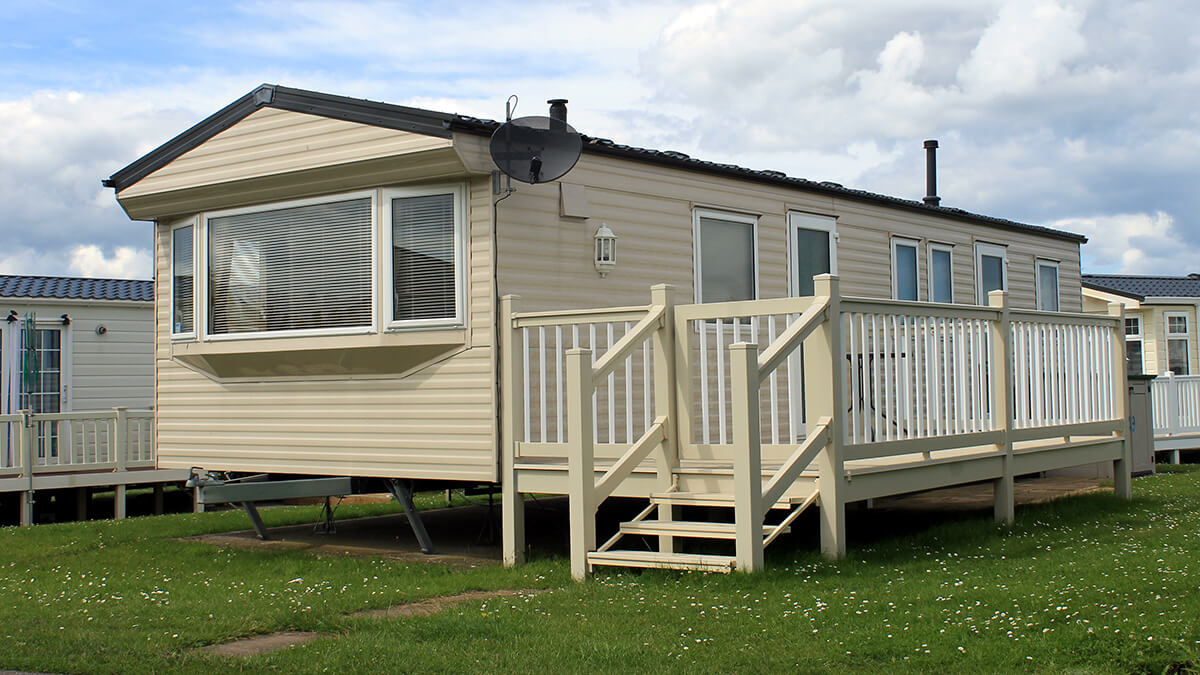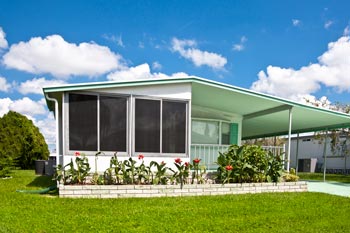Boat safety: Hypothermia

In colder weather, it's important to remember that you must be careful of the dangers of hypothermia when boating or riding a personal watercraft.
Spring and fall are prime times to become a victim of hypothermia.
There are days the air may feel warm and the thrill of being out on the water is greater than the fear of how cold the water actually is and what could happen if you were to fall overboard or capsize.
Off-season (or early- or late-season) ventures on the water pose special circumstances.
There are fewer boaters on the water so the likelihood of a prompt rescue is greatly reduced. Also, people don't anticipate falling into the cold water and therefore don't prepare for it. But there are things you can do to prevent the risks associated with hypothermia — things that could save your life.
Hypothermia facts
Hypothermia is a condition that exists when body temperature drops below 95 degrees. This can be caused by water or air exposure. And the body can cool down 25 times faster in cold water than air. Factors such as water temperature, body fat, body size and movement all play a part in how quickly the body's temperature drops.
PFDs for protection
The number one thing you can do to protect yourself against the results of hypothermia is to wear a life jacket. A Personal Flotation Device (PFD) can help in many ways. A PFD can prevent you from having to exert energy and body heat to try to stay afloat. It can help keep your head above water and reduce the chances of you inhaling water due to the immersion gasping reflex caused by cold water. And it can also help hold in body heat.
When in cold water
When boating in cold water, it is a good idea to wear a wet suit or some type of neoprene undergarment to hold in body heat. Even with a wet suit on, hands can get cold quickly, so gloves can be an important layer. As most of your body heat is lost through your head, it's important to try to keep your head as dry as possible. A hat is a good idea.
Conserving heat: Goal Number One
Conservation of heat is the number one objective for a person who has fallen into cold water. You should try to pull yourself as far out of the water as possible to reduce heat loss. If you can climb on top of an upturned boat or anything that floats, it can increase your survival time.
Assume the H.E.L.P.
If you can't get out of the water, you should assume a Heat Escape Lessening Posture (H.E.L.P.) – commonly referred to as the fetal position, it helps you float effortlessly and helps protect those areas most susceptible to heat loss. If there are others in the water, huddle to share body heat and conserve the energy of the group.
More considerations
Some other tips to consider when going out on the water early-, late- or off-season include:
- Pack an extra set of clothes and keep them in a sealed plastic bag.
- Evaluate the ability of your boat to keep water out or your PWC to stay afloat.
- If you're boating, tie something to your boat to bail water with.
- Wear a wet suit and a life jacket EVERY TIME.
- Attach a whistle or something else that makes noise to your PFD so you can get attention if you fall in the water.
- Have a float plan and tell someone where you're going and when you plan to be back.
- Check the weather forecast before you leave home.
- Watch for boaters or people on shore. In the event that you fall in the water, you're going to want to get attention as quickly as possible.
Following these tips could mean the difference between life and death whether you're the victim or rescuer in a cold water situation.
Every boater and personal watercraft operator should know the signs of hypothermia, prepare against cold water immersion and know how to respond in the event that it does happen. Most importantly, a PFD should be worn each and every time out on the water. You never know when it could save your life or the life of someone you know.
Stages of Hypothermia
Hypothermia is a gradual process and happens over a period of time. There are stages of hypothermia that the body goes through before lapsing into an unconscious state.
The extent of hypothermia and treatment vary. Consult the following:
Mild Hypothermia
Symptoms:
- The person feels cold.
- Shivers violently.
- Speech may be slurred.
Treatment:
- Move the person to a warm place.
- Remove wet clothing.
- Give warm drinks (not caffeine or alcohol).
- Keep the person warm for several hours.
Moderate Hypothermia
Symptoms:
- Some loss of muscle control.
- Drowsiness.
- Incoherence.
- Sleepiness.
- Exhaustion.
- Shivering may decrease or stop.
- Victim may seem irrational.
Treatment:
- Use all the treatment methods used for a mild case (except warm drinks)
- Cover person with warm clothing and blankets to stop further heat loss.
- Seek medical attention immediately.
Severe Hypothermia
Symptoms:
- The person may collapse.
- May be unconscious.
- May show signs of respiratory distress.
Treatment:
- Keep person prone, on their back and immobile.
- Cover with warm clothing and blankets to stop further heat loss.
- Arms and legs should not be stimulated in any way and the person should be handled with care.
- If the cold blood in the extremities suddenly returns to the core, it could cause cardiac arrest.
- Seek medical attention immediately.


